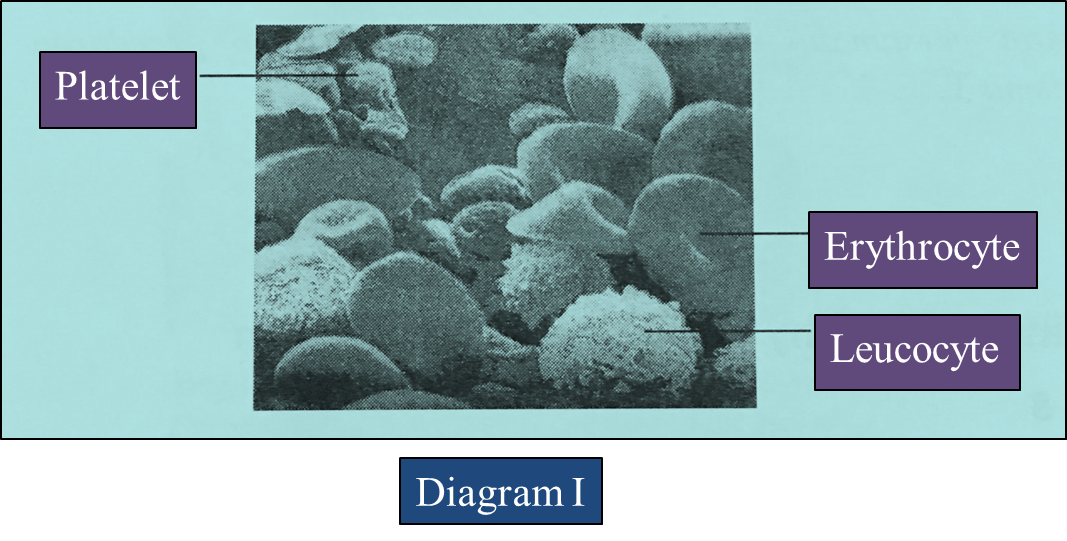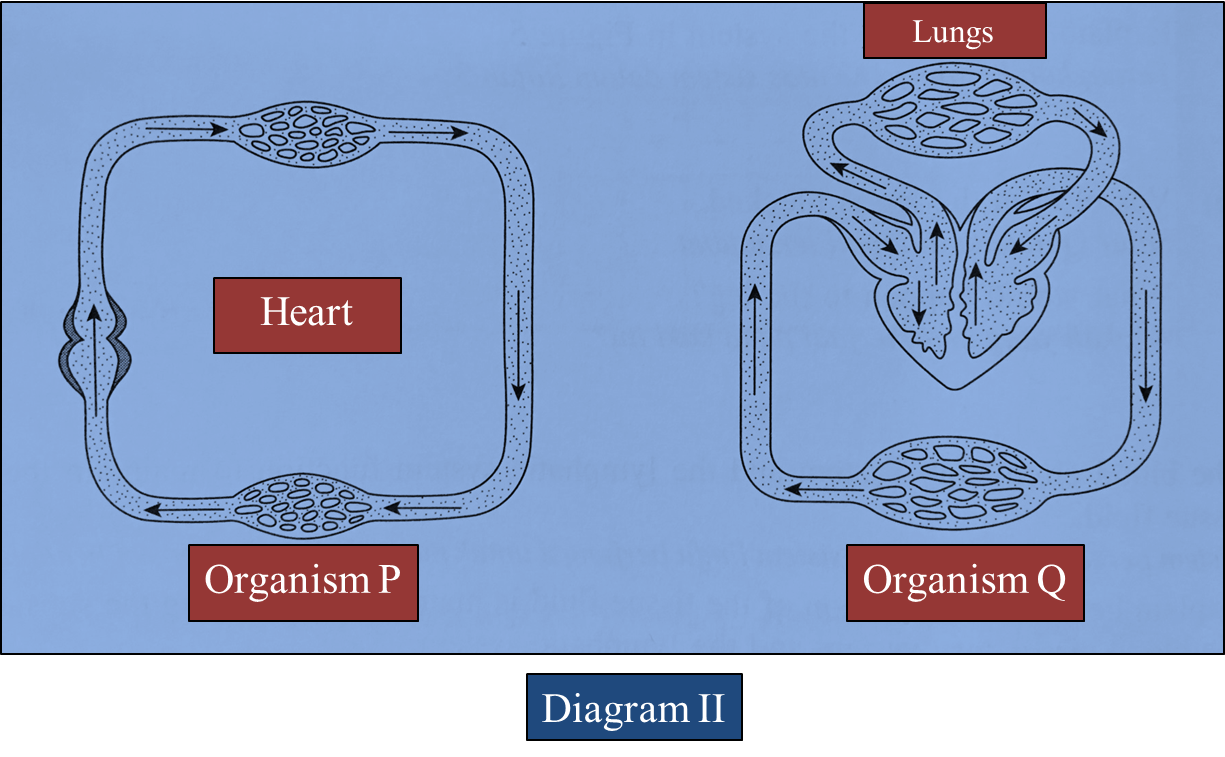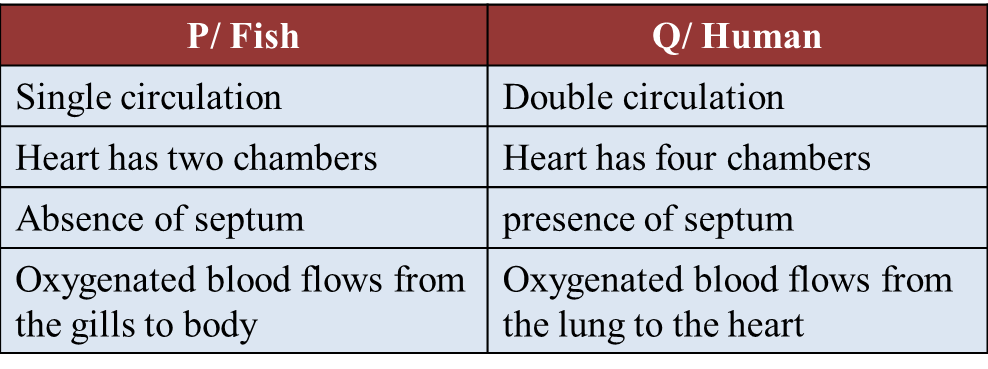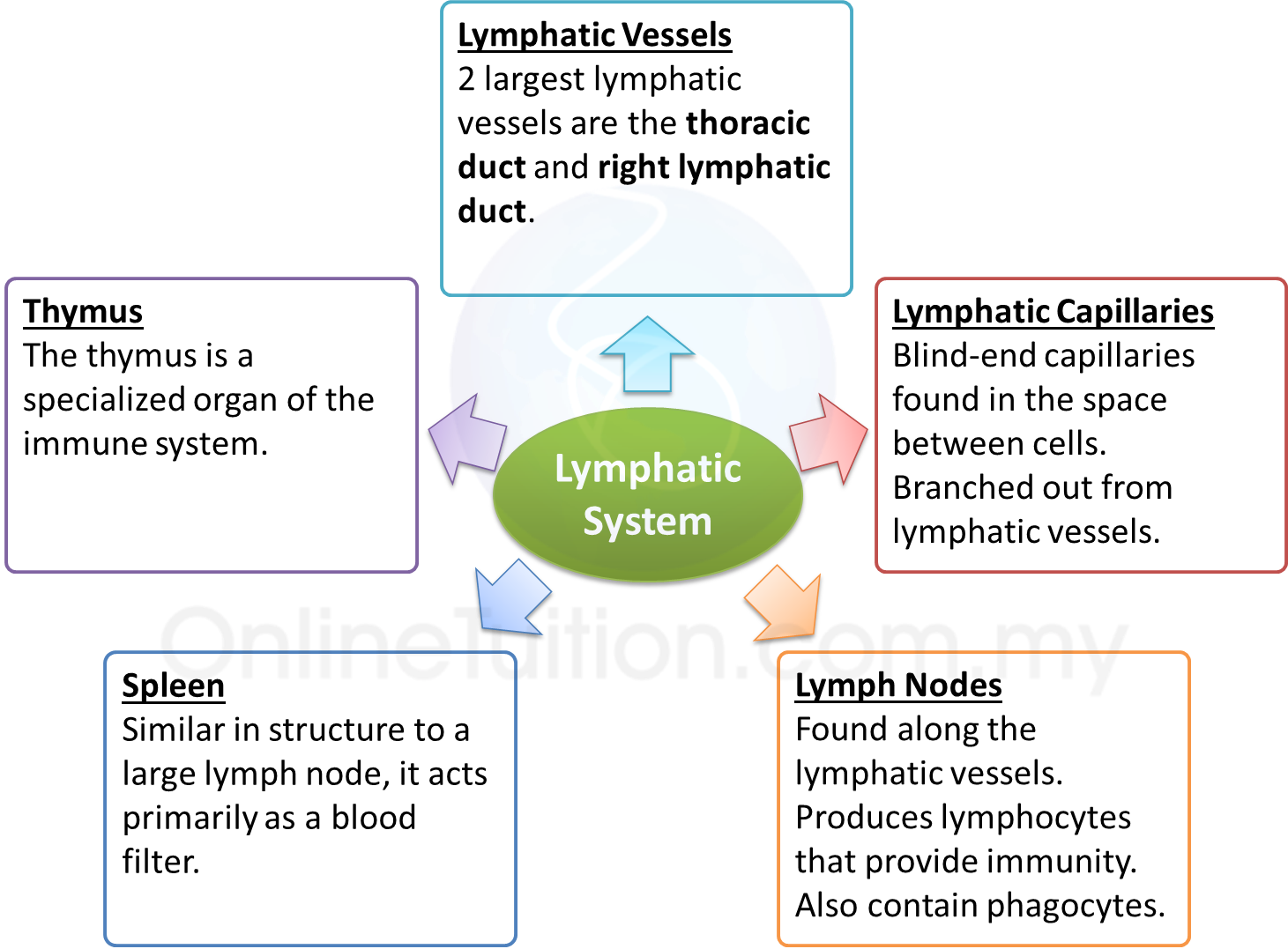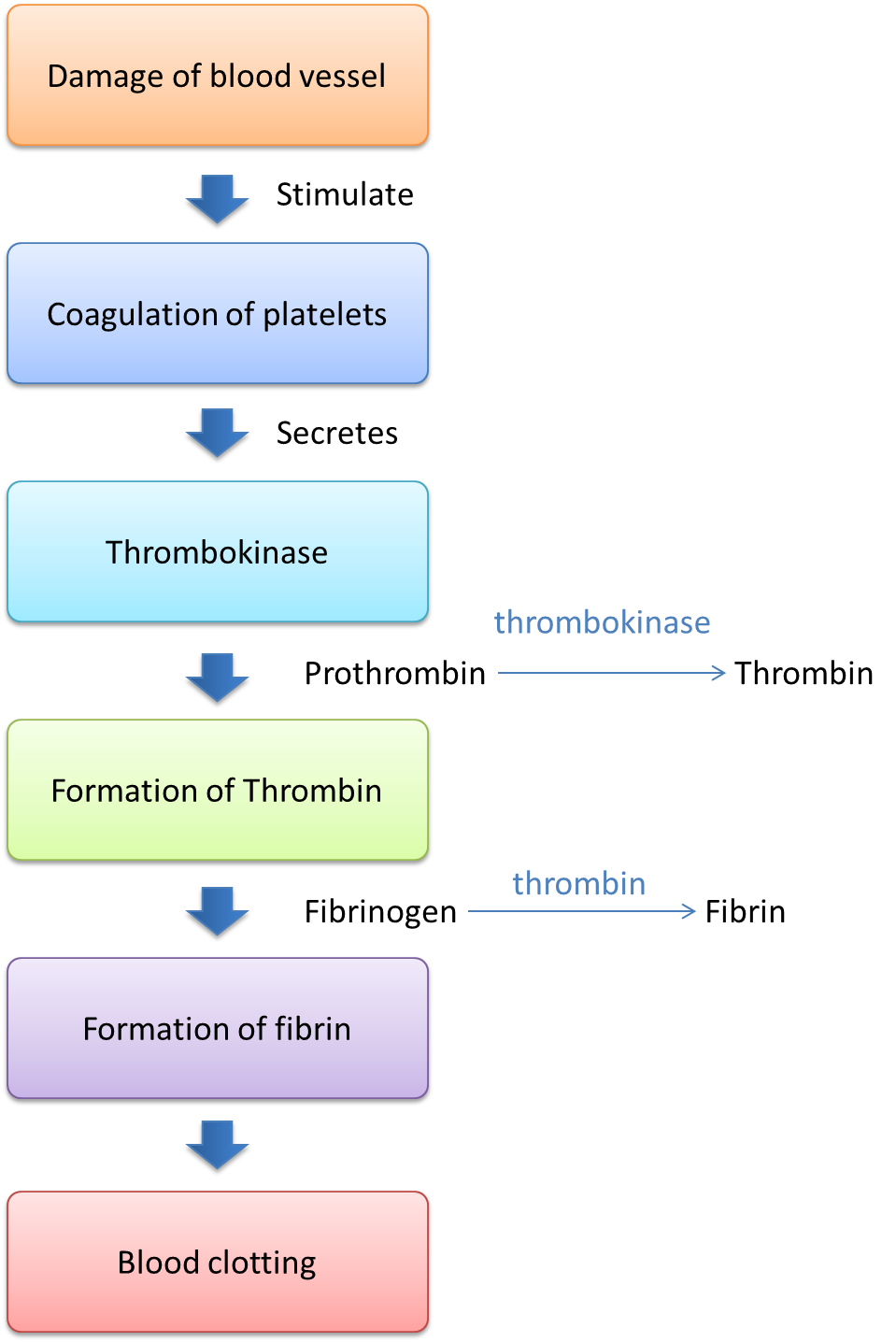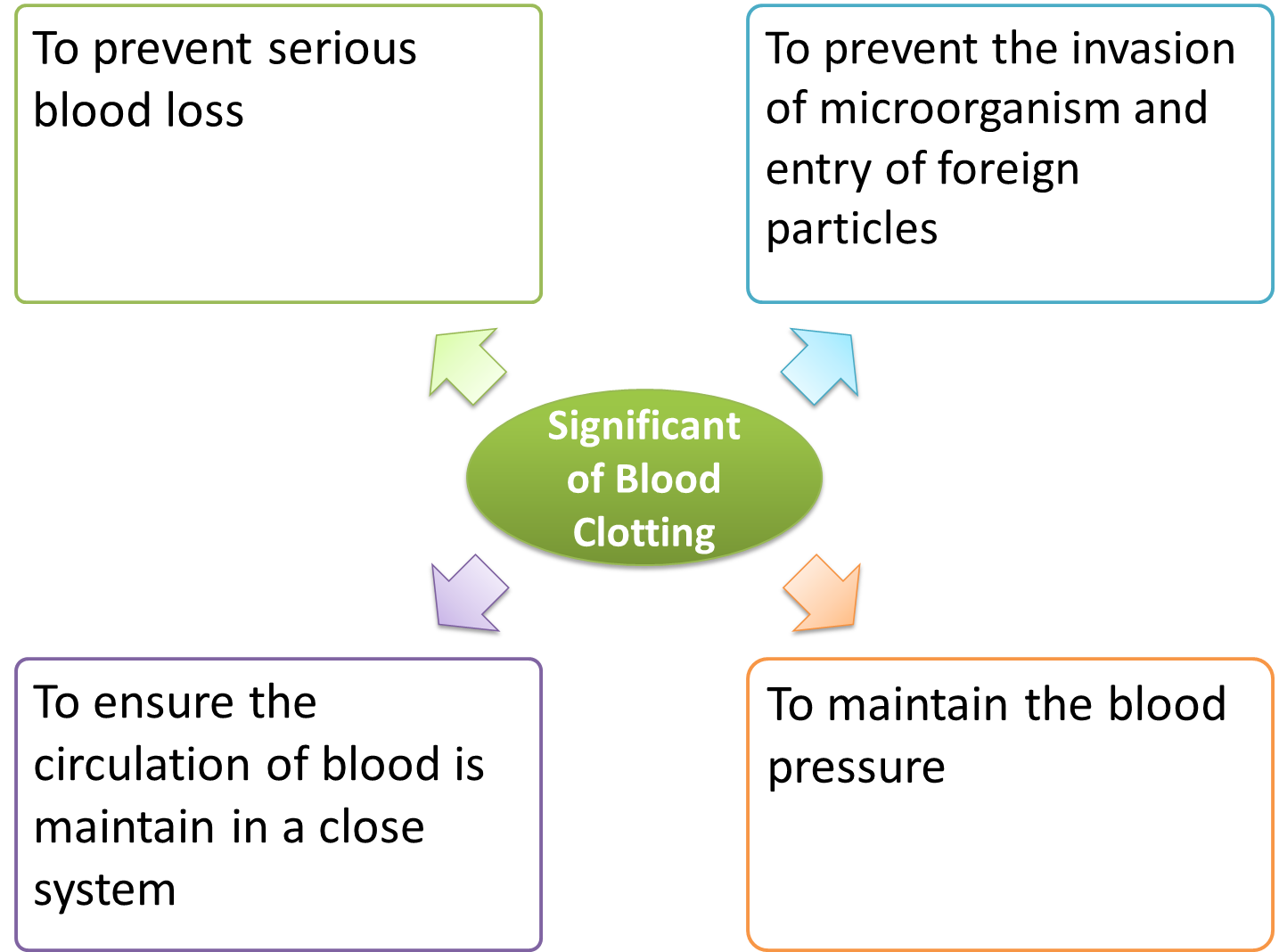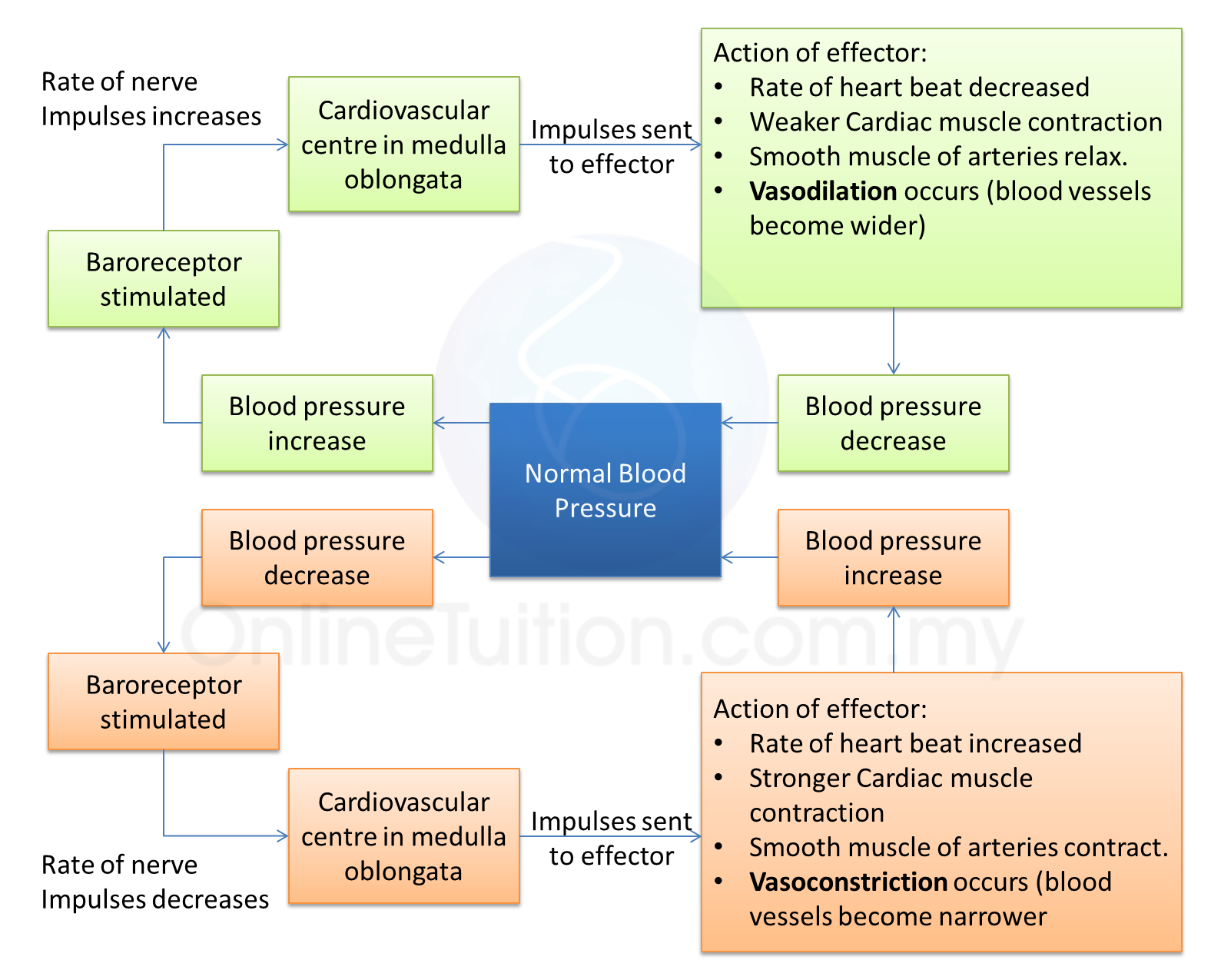Form 4 Biology
01 Introduction to Biology
02 Cell Structure
- Cell Structure and Function
- Components of a Cell
- Comparison between the Animal Cell and Plant Cell
- Relation between the Density of Organelles and the Function of Cells
- Cell Organisation
- Unicellular Organism
- Amoeba sp
- Paramecium sp
- Multicellular Organism
- The Uniqueness of the Cells
Objective Questions
- Cell Structure and Function 1 (6 Questions)
- Cell Structure and Function 2 (5 Questions)
- Cell Organisation 1 (5 Questions)
- Cell Organisation 2 (5 Questions)
- Cell Organisation 3 (3 Questions)
03 Movement across Plasma Membrane
- The Movement of Substances Across the Plasma Membrane
- Passive Transport - Simple Diffusion
- Passive Transport - Osmosis
- Passive Transport - Facilitated Diffusion
- Active Transport
- The Movement of Substances Across the Plasma Membrane in Everyday Life
- Appreciating the Movement of Substances Across the Plasma Membrane
Objective Questions
- Movement of Substances Across the Plasma Membrane 1 (5 Questions)
- Movement of Substances Across the Plasma Membrane 2 (5 Questions)
- Movement of Substances Across the Plasma Membrane 3 (5 Questions)
- Movement of Substances Across the Plasma Membrane in Everyday Life (5 Questions)
04 Chemical Composition of Cell Chemical
- The Chemical Composition of the Cell
- Carbohydrates
- Proteins
- Lipids
- Enzymes
- The Importance of Chemical Composition in Cells
Objective Questions
- Composition of the Cell (3 Questions)
- Carbohydrate (6 Questions)
- Proteins (5 Questions)
- Lipids (3 Questions)
- Enzymes 1 (4 Questions)
- Enzymes 2 (4 Questions)
05 Meiosis and Mitosis
- Mitosis
- Meiosis
- Appreciating the Movement of Chromosomes During Mitosis and Meiosis
Objective Questions
- Mitosis 1 (6 Questions)
- Mitosis 2 – (6 Questions)
- Meiosis 1 – (6 Questions)
- Meiosis 2 – (7 Questions)
06 Nutrition
- The Types of Nutrition
- The Concept of a Balanced Diet
- Malnutrition
- Food Digestion
- The Process of Absorption and Assimilation of Digested Food
- The Formation of Faeces and Defecation
- Evaluating Eating Habits
- The Importance of a Healthy Digestive System
- The Importance of Macronutrients and Micronutrients in Plants
- Photosynthesis
- The Mechanism of Photosynthesis
- Factors Affecting Photosynthesis
- Practising a Caring Attitude Towards Plants
- The Technology Used in Food Production
- Technological Development in Food Processing
Objective Questions
- Balanced Diet (6 Questions)
- Malnutrition (3 Questions)
- Food Digestion (7 Questions)
- Absorption and Assimilation of Digested Food (4 Questions)
07 Respiration
- The Respiratory Process in Energy Production
- The Respiratory Structures and Breathing Mechanisms in Humans and Animals
- The Concept of Gaseous Exchange Across the Respiratory Surfaces and the Transport of Gases in Human
- The Regulatory Mechanism in Respiration
- The Importance of Maintaining a Healthy Respiratory System
- Respiration in Plants
Objective Questions
- The Respiratory Process in Energy Production (4 Questions)
- Respiratory Mechanisms in Humans and Animals (7 Questions)
- Gaseous Exchange in Humans (4 Questions)
- The Regulatory Mechanism in Respiration (4 Questions)
- Respiration in Plants (4 Questions)
08 Dynamic Ecosystem
- The Abiotic and Biotic Components of The Environment
- The Processes of Colonisation and Succession in An Ecosystem
- Population Ecology
- The Concept of Biodiversity
- The Impact of Microorganisms on Life
- Appreciating Biodiversity
Objective Questions
- The Abiotic and Biotic Components of the Environment (7 Questions)
- The Process of Colonisation and Sucession in an Ecosystem (3 Questions)
- Population Ecology (3 Questions)
- Biodiversity (3 Questions)
- The Impact of Microorganisms on Life (6 Questions)
09 Endangered Ecosystem
- Human Activities that Endanger the Ecosystem
- The Greenhouse Effect and Thinning of the Ozone Layer
- The Importance of Proper Management of Development Activities and the Ecosystem
Objective Questions
- Human Activities that Endanger the Ecosystem (7 Questions)
- The Greenhouse Effect and Thinning of the Ozone Layer (6 Questions)
- Proper Management of Development Activities and the Ecosystem (3 Questions)
Form 5 Biology
01 Transport
- The Importance of Transport System in Multicellular Organisms
- The Concept of Circulatory System
- Composition of Human Blood
- Function of Blood in Transport
- Function of Haemolymph in Transport
- Types of Circulatory System
- Circulatory System in Humans
- Regulation of Blood Pressure
- Blood Clotting
- The Lymphatic System
- Formation of the Interstitial Fluid and Lymph
- Structure of the Lymphatic System
- Relationship between the Composition of Blood, Interstitial Fluid and Lymph
- Relationship between the Lymphatic System and the Circulatory System
- The Role of Circulatory System in Body Defence Mechanism
- The Body's Defense Mechanism
- Immunity and Immunisation
- Types of Immunity
- HIV and Body's Defense Mechanism
- A Healthy Cardiovascular System
- Transport of Substances in Plants
- Distribution of Vascular System in Dicotyledon Plants
- Vascular Tissue in Plant
- Vascular System as a Continuous Tube System
- Transport of Organic Substances in Plants
- Transport of Water in Plants
- The External Conditions that Affect the Rate of Transpiration
Objective Questions
- The Circulatory System (7 Questions)
- The Mechanism of Blood Clotting (3 Questions)
- The Lymphatic System (4 Questions)
- The Role of Circulatory System in Body Defense Mechanism (4 Questions)
02 Support and Locomotion
- Support and Locomotion in Humans and Animals
- Appreciate a Healthy Musculoskeletal System
- Support System in Plants
Objective Questions
- Support and Locomotion in Humans and Animals 1 (6 Questions)
- Support and Locomotion in Humans and Animals 2 (6 Questions)
- Support System in Plants (4 Questions)
03 Coordination and Response
- Response and Coordination
- The Role of Human Nervous System
- The Role of Hormones in Humans
- Homeostasis in Humans
- The human kidney
- The formation of urine
- Practising a Healthy Lifestyle
- Plant Hormones
- The role of auxins in the tropic movements in plants
- Ethylene
Objective Questions
- The Role of the Human Nervous System 1 (6 Questions)
- The Role of the Human Nervous System 2 (6 Questions)
- The Role of Hormones in Humans (7 Questions)
- Homeostasis in Humans (7 Questions)
04 Reproduction and Growth
- Gamete Formation
- Role of Hormones in the Menstrual Cycle
- Early Development of Zygote in Humans
- Contribution of Science and Technology to Human Reproduction
- Sexual Reproduction in Flowering Plants
- Growth in Multicellular Organisms
- Growth Curve
- Primary and Secondary Growth in Plants
Objective Questions
- Formation of Gamete (5 Questions)
- Roles of Hormones in the Menstrual Cycle (5 Questions)
05 Inheritance
- The Concept of Inheritance Based on Mendel's Experiment
- Inheritance
- Genes and Chromosomes
Objective Questions
Inheritance (10 Questions)
06 Variation
- Variation in Organisms
- Cause of Variation
- Be Respectful Towards One Another Despite Variation

